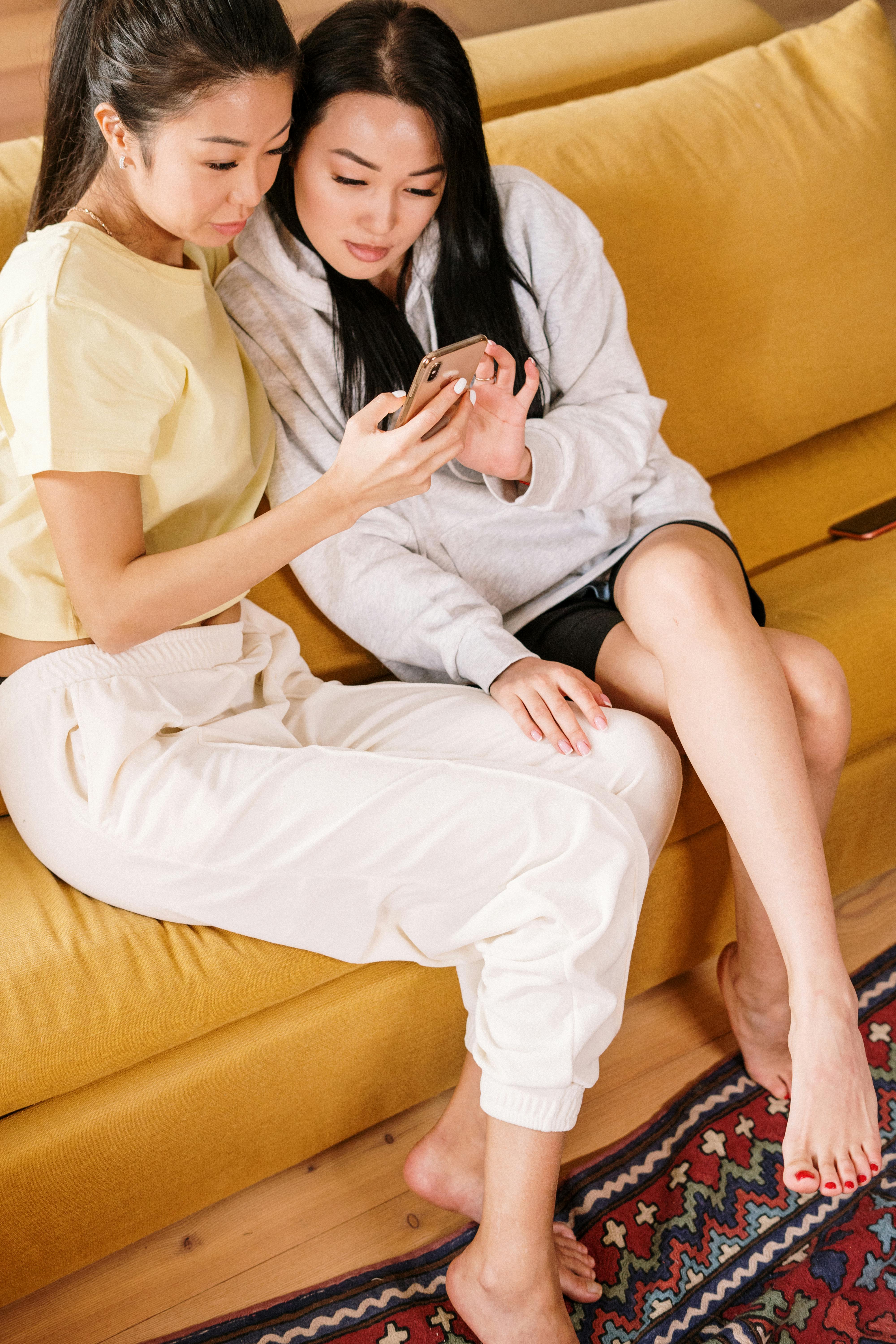The majority of Japanese couples were conventionally intimate unions between members of the same family. Some people today choose to have their wedding ceremony https://www.amazon.com/Trust-Women-Progressive-Christian-Reproductive/dp/0807069981 held at a shrine or additional spiritual site. Others continue to practice the more traditional rituals, frequently including a sakura ( cherry blossom ) ceremony, where the bride and groom cross a tree together to honor the renewal of their vows.

Shinto, the religion practiced by Japan’s native citizens, dominates these rites for the most part. A priest officiates these ceremonies, known as shinzen shiki, in a festival that is both grave and joyful. The few asks for the kami’s japanese bride order gift during this tradition, in which they declare their union. In a festival known as the sansankudo, they consume nine sips of the three mugs, where the range three signifies luck and unification. The bride and groom take vows, trade presents, and therefore love each other before performing a royal party to please the gods.
The shinzen shiki rites are not likely to vanish, despite the increasing popularity of Western-style celebrations in Japan. Toyohiko Ikeda, a general Shinto pastor at Sugawara Shrine in Machida, with whom we spoke, about the customs that have evolved into more contemporary rituals.
After the major service, the pair attends a welcome for the wedding. Relatives and friends usually attend this formal gathering. Traditional gifts are usually presented in silk and tied with mizuhiki, or paper strips that represent fine fortune, are customary.
